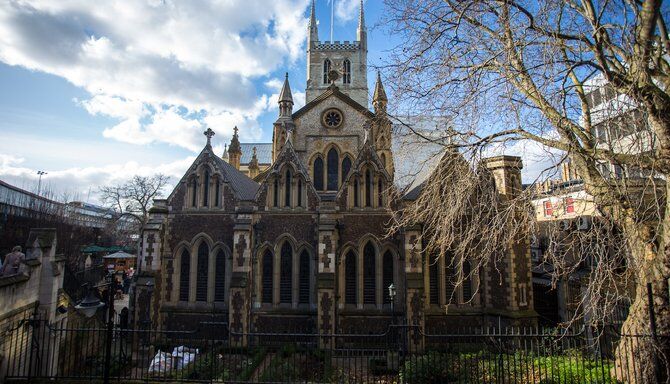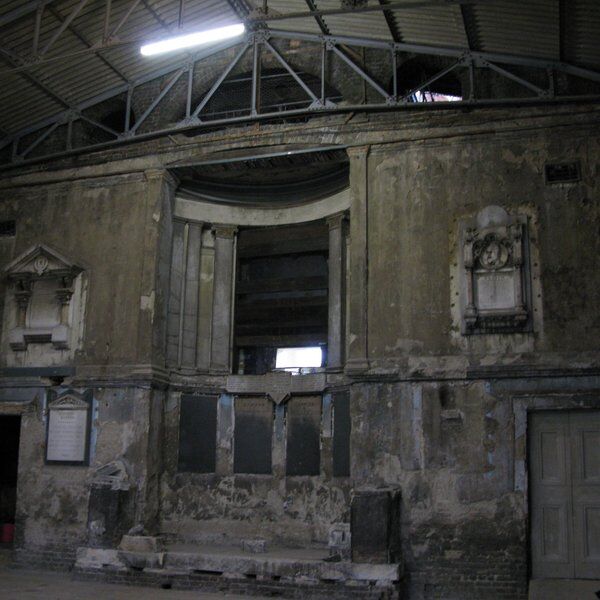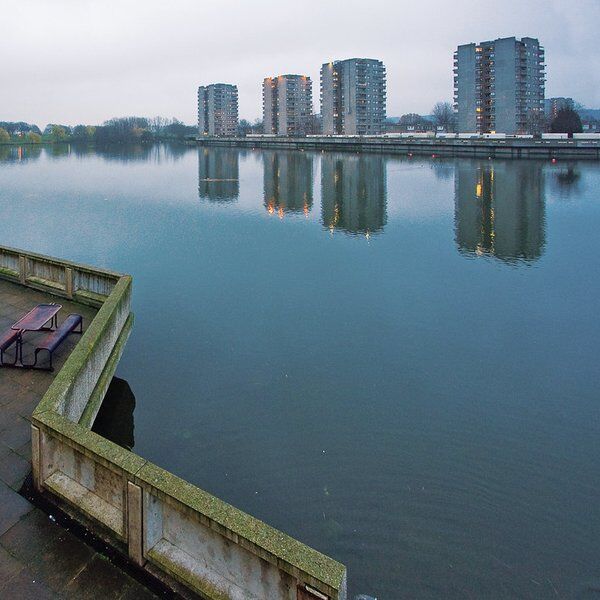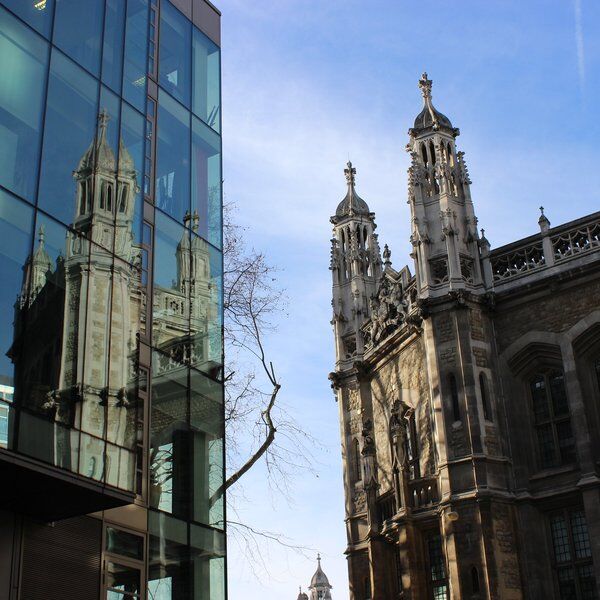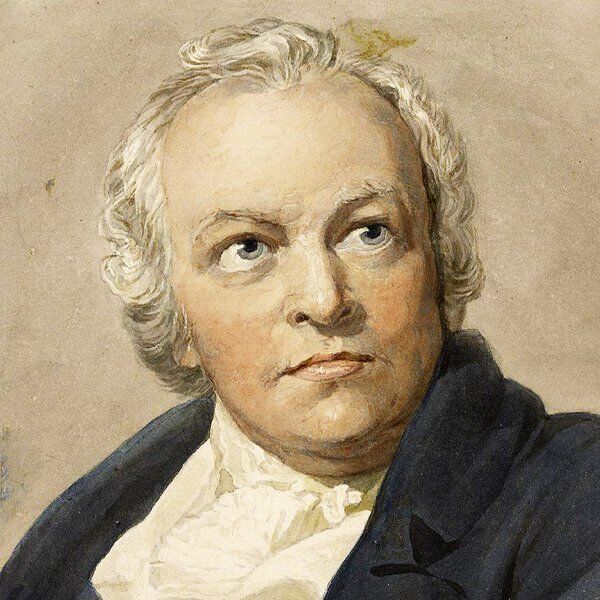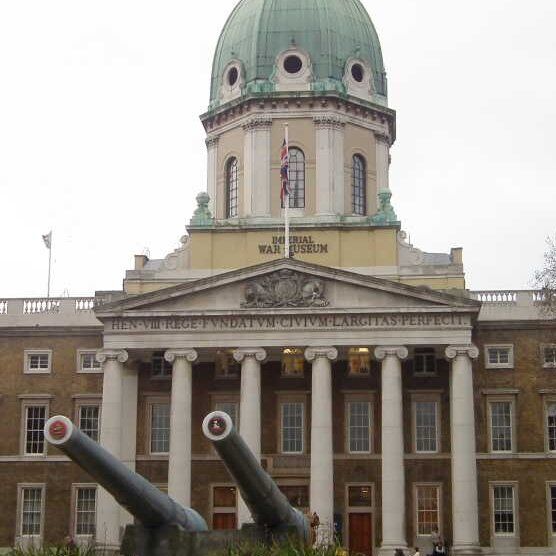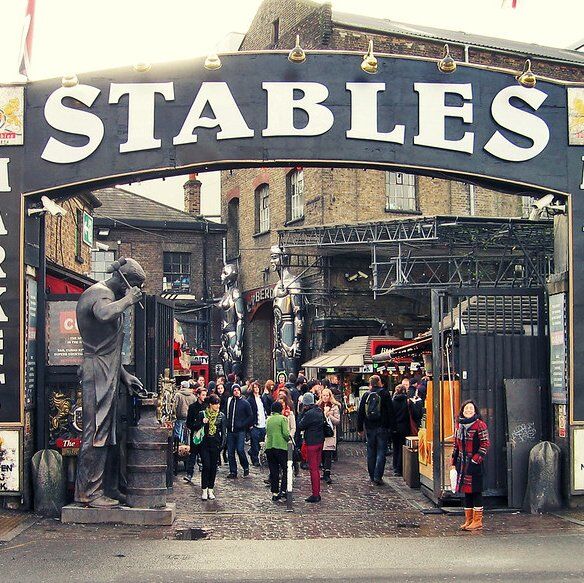Discover the Southwark Cathedral
Southwark Cathedral, located near London Bridge on the south bank of the River Thames, is one of London’s most cherished historical and spiritual landmarks. Known formally as the Cathedral Church of St Saviour and St Mary Overie, this magnificent structure has been a site of Christian worship for over a thousand years.
While it may often be overshadowed by the grandeur of Westminster Abbey and St. Paul’s Cathedral, Southwark Cathedral stands as an essential religious fixture for London’s Bankside community.

The History of Southwark Cathedral
Legendary Origins and Folklore
The origins of Southwark Cathedral are steeped in legend, blending fact with folklore. According to 16th-century historian John Stow, the church’s beginnings trace back to a maiden named Mary, who funded its construction with money earned from a ferry service across the Thames.
Later, a noblewoman named Swithen is said to have transformed it into a priestly college, although some historians believe this figure might represent St. Swithun, the 9th-century Bishop of Winchester. Although historical evidence for this story is limited, the legend remains a cherished part of the cathedral’s history.
Saxon and Norman Foundations
Southwark Cathedral’s earliest recorded presence is found in the Domesday Book of 1086, referring to a “minster” likely managed by Bishop Odo of Bayeux, half-brother of William the Conqueror.
In 1106, the church was officially designated as an Augustinian priory by the Bishops of Winchester, whose London residence was nearby at Winchester Palace. The priory took the name St. Mary Overie (“over the river”), distinguishing it from other London churches. Despite subsequent renovations, fragments of the original 12th-century Norman structure still survive today.
The Augustinian Way of Life
As an Augustinian priory, the church served the community in a unique way. Augustinian Canons did not isolate themselves like monks but lived among the people, focusing on service, hospitality, and education.
Following the philosophy of St. Augustine of Hippo that “truth prevails through love,” the priory offered shelter to Canterbury pilgrims, supported the poor, and established St. Thomas’ Hospital for the sick. Even after the priory dissolved during the Reformation, these guiding principles continued to influence the church’s role in the city.
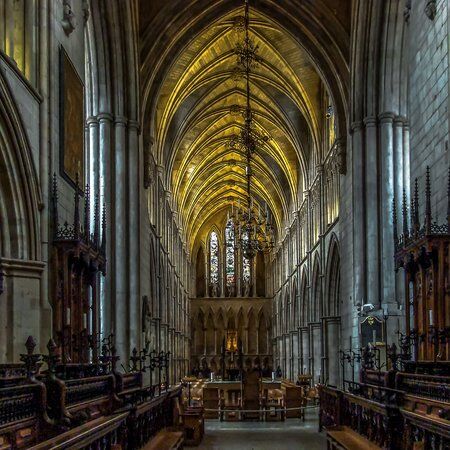
Gothic Transformation and Restoration
In 1212, a devastating fire damaged much of the original structure, necessitating a major reconstruction that gave the church its present Gothic form. This included a cruciform layout with a central tower, a six-bay nave, and a five-bay choir.
Additional chapels, such as the parishioners’ chapel to St. Mary Magdalene and the Bishop’s Chapel were added over time. Following another fire in the 1390s, Bishop Henry Beaufort oversaw the rebuilding of the south transept and tower, while later renovations in the 15th century included adding wooden vaults in the nave.
Reformation and the Parish Church Era
The Dissolution of the Monasteries in 1539 transformed the priory into the Parish Church of St Saviour. Although formally recognized as St Saviour’s, it was often called St Mary Overie. By 1611, parishioners purchased the church from the crown, marking the beginning of a new chapter in its history.
During this time, it became connected with London’s vibrant theatre scene; notable figures from the arts, such as William Shakespeare’s brother Edmund, were interred here. Bishop Lancelot Andrewes, a key contributor to the King James Bible, was also buried near the High Altar.
Elevation to Cathedral Status
In the 19th century, as South London grew, so did the recognition of the church’s architectural and cultural significance. Amidst warehouses, markets, and railway lines, the grandeur of St Saviour’s shone through, leading to its designation as Southwark Cathedral in 1905.
This elevation established it as the seat of a new diocese serving over 300 parishes in South London. Since then, the cathedral has seen significant expansions, including modern meeting spaces, a library, and an Education Centre, while continuing to uphold its historic traditions of community service and daily worship.
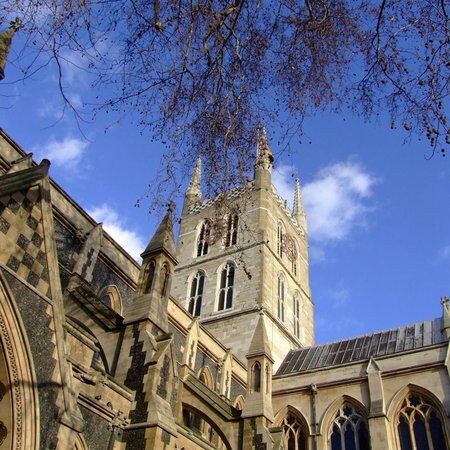
Architectural Features of Southwark Cathedral
Nave and Facade
Upon entering the cathedral, the Gothic-style nave, with its high, vaulted ceiling and sandstone-coloured brickwork is an impressive feature. Look for the stained glass windows on either side—one depicting the Bishop of Canterbury blessing the cathedral, the other portraying St. Augustine. Although this is a reconstruction of the original 13th-century nave, its rear wall displays remnants of the first structure.
Altar Screen
One of the cathedral’s architectural highlights, the Great Screen behind the altar, was constructed in 1520 by Bishop Fox of Winchester. It’s adorned with Victorian-era statues representing key figures in church history, including St. Peter, St. Paul, and Thomas Becket.
The screen’s intricate carvings tell the story of Southwark Cathedral, with gilded details added in the early 20th century. The stained glass window at the top, featuring a youthful Christ with the Virgin Mary and St. John, adds to the screen’s magnificence and spiritual resonance.
The West Window
The west-facing stained glass window, installed in 1903, is another cherished feature. This window displays scenes from the lives of various saints and biblical figures, casting a beautiful array of colours onto the nave when the sun shines through. It’s a favourite among visitors and a fitting end to a day spent exploring the cathedral.
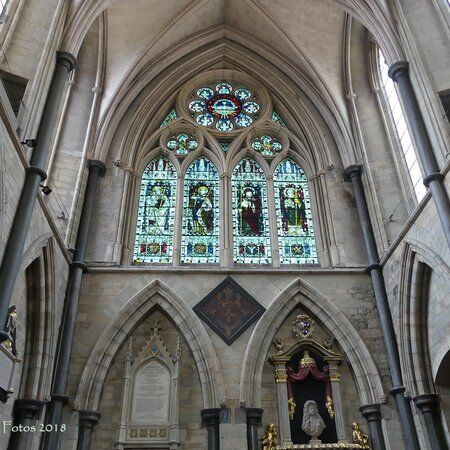
Musical Worship at Southwark Cathedral
Southwark Cathedral’s music ministry includes the Cathedral Choir, comprising boys and girls recruited from across London, supported by the St Olave’s & St Saviour’s Schools Foundation, which traces back to the 16th century.
The choir’s repertoire spans classical and contemporary compositions, and is recognized for contributions like performing music for the TV series Mr. Bean.
In 2004, Southwark Cathedral expanded its musical offerings by establishing the Merbecke Choir, an ensemble named for John Merbecke, a Tudor composer tried for heresy within the cathedral walls.
The Thursday Singers add a community-focused dimension, drawing members from the local area without auditions. Known for leading worship at special weekday services, they also lend their voices to Choral Evensong and the annual Christmas Carol Sing-In.
The Cathedral’s Organ
Southwark Cathedral’s grand organ, installed in 1897 by Lewis & Co. of Brixton, is central to its musical tradition. When it was built, this instrument was ahead of its time, with low wind pressures uncommon in other organs of the period.
Its robust construction underwent significant renovations in the mid-20th century by Henry Willis & Sons, enhancing the pedal system and expanding the choir organ’s range. Later, in 1986, Harrison and Harrison returned the organ to its original Lewis specifications, restoring its tone and adding modern features, including solid-state controls.
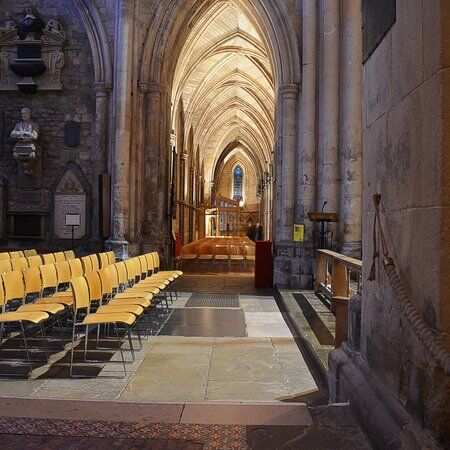
Highlights Inside Southwark Cathedral
Exhibitions and Art Installations
Throughout the year, Southwark Cathedral hosts art exhibits that showcase the work of local artists, students, and community groups, with themes often related to the cathedral’s history and surroundings.
If you’re interested in displaying your own art here, proposals are encouraged for works that complement the cathedral’s ambiance and its rich history. Each exhibit provides fresh perspectives and highlights London’s diverse art culture.
The Gaia Installation
Southwark Cathedral proudly displays the Gaia installation by artist Luke Jerram, which presents a striking, illuminated model of Earth suspended in three dimensions. The seven-metre-wide globe, created using detailed NASA imagery, slowly rotates while a custom soundscape by Dan Jones plays in the background. It was inspired by the “Overview Effect” coined by astronauts, which is the profound realisation of Earth’s beauty and interconnectedness.
Community Events and University Ceremonies
Southwark Cathedral extends its welcoming spirit to various academic institutions, hosting events for London South Bank University and King’s College London due to its ties with St Thomas' Hospital, among others. Each year, students and faculty gather here for traditional graduation and honorary degree ceremonies.
Southwark Cathedral Café
Managed by the family-run company Comptoir Gourmand, the cosy Southwark Cathedral Café provides a welcoming space to relax and specialises in handmade pastries and high-quality coffee. With fresh items made daily at their nearby Bermondsey kitchen, it’s a delightful spot for visitors to pause and refresh while exploring the cathedral.
Opening Times
- Weekdays from 9:00 am to 5:00 pm.
- Saturdays from 8:00 am to 5:00 pm.
- Sundays from 9:30 am to 4:00 pm.
The Cathedral Shop and Online Store
Located near the Mandela Porch, the Cathedral Shop provides a variety of unique items, including books, jewellery, and artwork inspired by Southwark’s beloved cats, Doorkins Magnificat and Hodge. The shop also stocks a selection of sculptures crafted by the Artpeace Co-operative in Zimbabwe, with proceeds supporting the artists and their communities.
For those who can’t visit in person, the online store offers many of these products. Visitors can also purchase items from the Ethiopian charity Partners for Change, helping disadvantaged communities with handmade crosses and other items.
Opening Times
- Monday to Friday from 10:00 am to 4:30 pm.
- Saturdays from 10:00 am to 5:00 pm.
- Sundays from 11:00 am to 3:00 pm (closed on select Sundays in October and November).
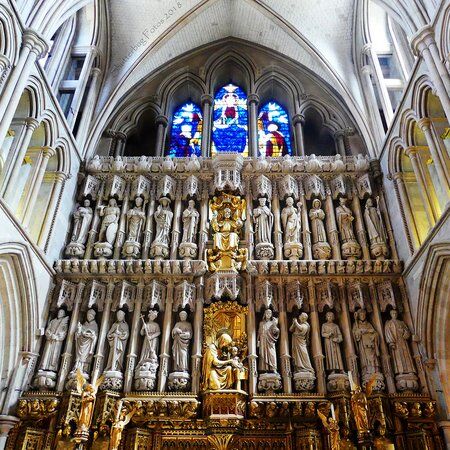
The Churchyard and Herb Garden
During the summer months, visitors of Southwark Cathedral can take the Shakespearean Botanical Trail in the churchyard, discovering plants referenced in the Bard’s works. There is also a life-sized statue of Shakespeare himself. Commissioned in 2020, this statue was crafted by British sculptor Raphael Maklouf and captures Shakespeare seated thoughtfully—a fitting tribute to his connection with Southwark.
The herb garden is inspired by the mediaeval medical and culinary practices of the Augustinian Priory that once stood on this site. With over 50 types of herbs, the garden reflects the traditions of the priory’s canons, who used herbs not only for medicine but also in cooking and brewing.
A few of the herbs cultivated here include:
- Rosemary: Traditionally used for remembrance, it was scattered in churches to freshen the air and was even placed in graves.
- Lavender: Known for its culinary uses and beloved by bees, it was also a popular herb in mediaeval cooking.
- Feverfew: Often used to alleviate headaches and fever.
- Woad: This ancient dyeing herb was valued for its rich blue colour, achieved through an intricate pulping and drying process.
Guided Tours
Discover everything the Southwark Cathedral has to offer with the help of knowledgeable guides. Drop-in tours, which last around 45 minutes, are typically available on Tuesdays and Thursdays, subject to guide availability. Donations are welcome, but the tours are free of charge. Check in at the Welcome Desk to see if a guide is available.
Groups of all sizes are welcome but must pre-book. For more information on group rates and booking, visit the cathedral's official website. School groups can arrange visits through the Education Centre.
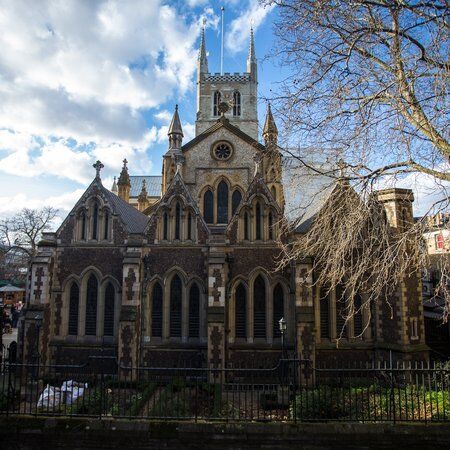
Southwark Cathedral’s Resident Cats
The Southwark Cathedral community has been brightened by two beloved feline residents: Doorkins Magnificat and Hodge.
Doorkins Magnificat
Doorkins Magnificat, a brown tabby, wandered into the cathedral seeking warmth and food in 2008. Quickly capturing the hearts of visitors and staff, she became an adored figure, even meeting Queen Elizabeth II on a royal visit.
Known for her adventurous spirit, Doorkins was often seen roaming the cathedral and occasionally stealing the show during services. Her popularity led to the publication of Doorkins the Cathedral Cat, a children’s book chronicling her daily life in the cathedral. Following her retirement in 2019, Doorkins passed peacefully in the care of a staff member, leaving a lasting legacy with a memorial service in her honor.
Hodge
In 2020, another feline, Hodge, arrived to carry on Doorkins’ legacy. A black-and-white tuxedo cat adopted from a rescue shelter, Hodge has become a cherished part of cathedral life and a symbol of continuity for its community. Like Doorkins, he is well-known to visitors and even has his own line of souvenirs.
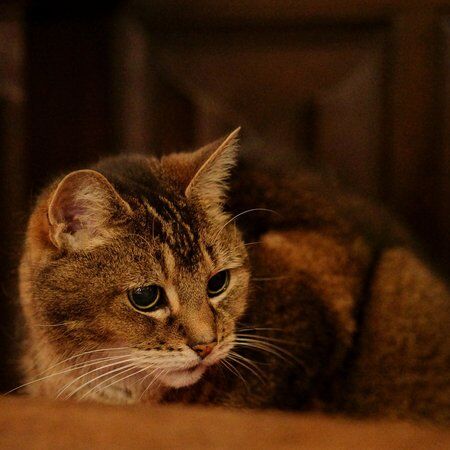
Visiting Southwark Cathedral
Directions and Transport
Southwark Cathedral is accessible by various forms of public transport:
- Nearest Rail Station: London Bridge (5-minute walk).
- Underground: London Bridge Station (Jubilee and Northern Lines) is the closest, with Monument Station (Circle & District Lines) a short walk away.
- Buses: Multiple routes serve the London Bridge area.
- River Services: London Bridge City Pier and Bankside Pier offer nearby river transport options.
Opening Times
Southwark Cathedral draws visitors from around the world. Its opening hours are as follows:
Cathedral Hours:
- Monday – Saturday | 9:00 am – 6:00 pm
- Sunday | 8.30 am – 5:00 pm
Offices:
- Monday – Friday | 10:00 am to 4:30 pm
Cathedral Shop:
- Monday – Friday | 10:00 am – 4:30 pm
- Saturday | 10:00 am – 5pm
- Sunday | 11:00 am – 3:00 pm
Cathedral Cafe:
- Monday – Friday | 9:00 am – 5:00 pm
- Saturday | 8:00 am – 5:00 pm
- Sunday | 9:30 am – 4:00 pm
Best Times for Visiting
The cathedral invites both worshippers and visitors; however, it is best to visit outside service hours to ensure unrestricted access. Recommended times include:
- Monday – Friday | 9:00 am – 5:00 pm
- Saturday | 9:30 am – 3:45 pm and 5:00 pm – 6:00 pm
- Sunday | 12:30 pm – 3:00 pm and 4:00 pm – 5:30 pm
Note that, as a working cathedral, it may be closed for special services and events.
Accessibility and Amenities
Southwark Cathedral aims to make every visit comfortable and inclusive:
- Wheelchair Access: Step-free access to the cathedral is available via the Millennium Courtyard on Montague Close. Ramps and lifts allow access to most areas, though some sections are limited.
- Toilets: Accessible toilets are located on the ground floor and the basement, with access by radar key (available at the Welcome Desk).
- Assistance for the Hearing-Impaired: An induction loop system is in place for services in the nave, and large-print service sheets are also available.
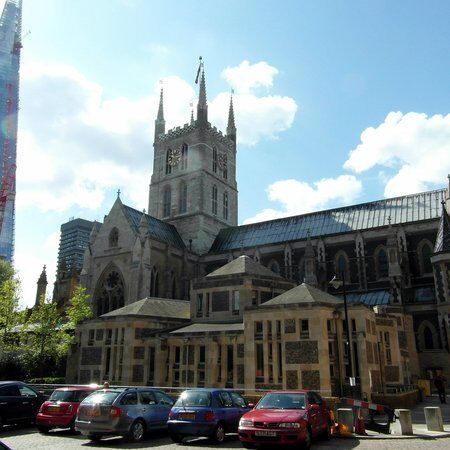
Explore Beyond Southwark Cathedral with CityDays
After soaking in the history and beauty of Southwark Cathedral, venture further into London with CityDays.
The City combines the fun of an outdoor treasure hunt with the historic facts and whimsical trivia of a walking tour.
Answer riddles, solve puzzles and learn more about London’s 2000-year-old history in a new and interactive way!
Take the stress out of planning your visit to London and book your adventure today!
Not visiting London this time? Don’t worry, you’ll find us all over the world.
